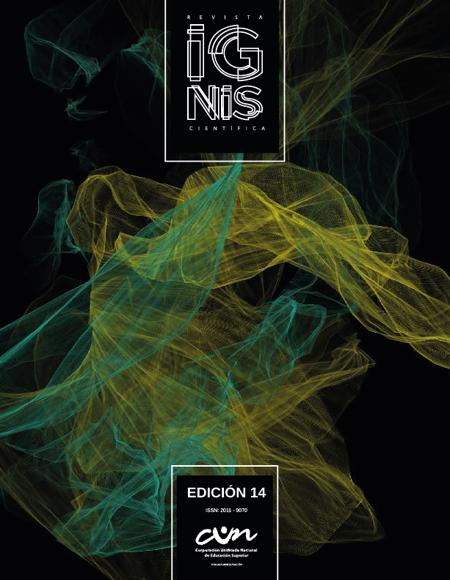The female body is no spoils of war: The revindications of women to make visible sexual violence before the International Criminal Tribunal for the Former Yugoslavia
El cuerpo femenino no es botín de guerra: Las reivindicaciones de las mujeres para visibilizar la violencia sexual ante el Tribunal Penal Internacional para la Antigua Yugoslavia
Main Article Content
Abstract
The following text aims to elucidate how discussions around sexual violence as an international crime first appeared in history during the construction and work of the Ad-Hoc International Criminal Tribunal for the former Yugoslavia. The text defends the idea that sexual violence and the need to punish its perpetrators was firstly made visible by womens movements, who took over the spaces of discussion of the creation of this tribunal, and secondly, by the impact of the appointment of women judges in the resolution of legal problems that qualified these conducts as war crimes, which could be seen reflected in the sentences that marked a milestone and final outcome in this process.
Throughout these pages, I will analyse the contextual elements that allowed for the evolution of the concept of sexual violence in international criminal law during the decade in which the ICTY was trying the first perpetrators of the armed conflict. Taking into account the great contributions made by the ICTY in this area, a historical analysis of this concept allows us to understand
how it is made visible and what have been the most relevant debates on sexual violence in international law.
Downloads
Article Details
References (SEE)
Consejo de Seguridad de Naciones Unidas. Resolución 827. Estatuto del Tribunal Penal Internacional para la Antigua Yugoslavia. 1993.
Consejo de Seguridad de Naciones Unidas. Resolución 780 de 1992.
Chappell, L., Durbach, A. y Benito, E. (2014) “Judge Odio Benito: A VIEW OF GENDER JUSTICE
FROM THE BENCH.” International feminist journal of politics 16, no. 4: 648–654.
Chiara, M. (2017) Sexual Violence and the Law of Armed Conflict, The resp. to protect student j., univ. of Leeds, http://r2pstudentjournal.leeds.ac.uk/2017/11/25/sexual-violence-and-the-lawof armed-conflict/.
Facio, A. (2011) Viena 1993, cuando las mujeres nos hicimos humanas. Pensamiento Iberoamericano,9, 3-20.
Gaggioli, G. (2014) “Sexual violence in armed conflicts: A violation of international humanitarian law and human rights law”. International Review of the Red Cross 96, (894), 503–38.
Kim, A. (2020) “Sexual Violence in Armed Violence in Armed Conflict under International Law”
Connecticut Journal of International Law 36, (1), 2-21
King, K., Meernik, J. y Kelly, E. (2017) Deborah’s Voice: The Role of Women in Sexual Assault Cases at the International Criminal Tribunal for the Former Yugoslavia. Social Science Quarterly, 98, (2), 548-565.
Korac, M. (2006) Gender, conflict and peace-building: Lessons from the conflict in the former Yugoslavia. Women’s Studies International Forum. Pergamon
Magallón, C. y Zaragoza, P. (1994) Mujeres en negro, contra la guerra en la ex yugoslavia. Papeles de cuestiones internacionales, 51. 69-80.
Mertus, J. y Van Wely, O. (2004) Women’s Participation in the International Criminal Tribunal for the Former Yugoslavia (ICTY): Transitional Justice for Bosnia and Herzegovina Hunt Alternatives Fund
Niarchos, C. (1995) Women, War, and Rape: Challenges Facing the International Tribunal for the Former Yugoslavia, Human Rights Quarterly 17, (4), 649-690.
Oion, R. (2000) El tratamiento por parte de Naciones Unidas de la violación sexual a mujeres en los conflictos armados: las guerras en los Balcanes. http://hdl.handle.net/10810/15796
TPIY. Reglamento de Procedimiento y Pruebas.
TPIY. Sentencia de 16 de noviembre de 1998. Fiscal v. Zejnil Delalić, Zdravko Mucić, Hazim Delić
y Esad Landžo.
TPIY. Sentencia del 10 de diciembre de 1998. Fiscalía v. Anto Furundžija, 168-169.
Sharratt, S. y Odio, E. (1999) “Interview with Elizabeth Odio Benito, Justice of the International
Criminal Tribunal for the Former Yugoslavia.” Women & therapy 22, (1), 39–52.








